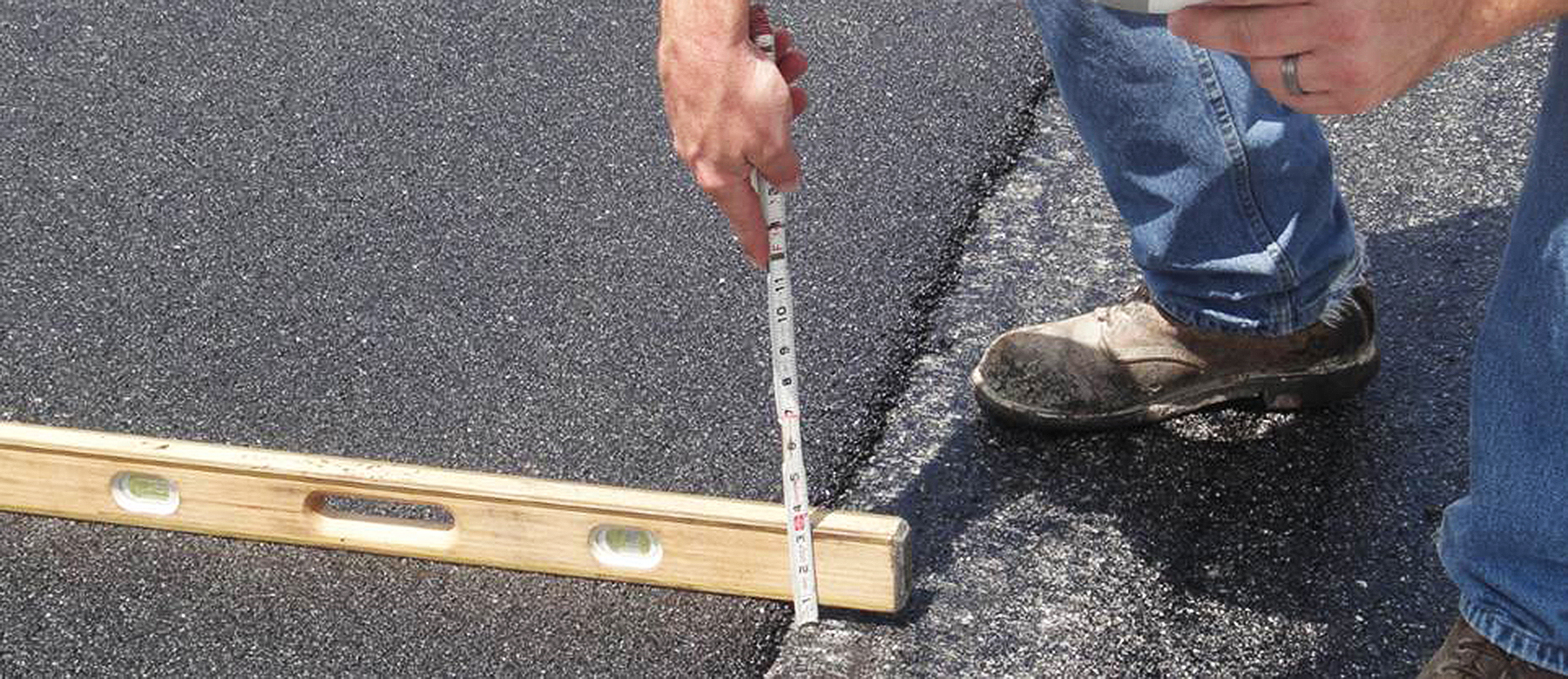Make Best Use Of Room Efficiency with Hot Mix Asphalt Angled Parking Lot Solutions
Make Best Use Of Room Efficiency with Hot Mix Asphalt Angled Parking Lot Solutions
Blog Article
Opening the Tricks of Warm Mix Asphalt Technology
Checking out the midsts of hot mix asphalt innovation discovers a globe where exact formulas and meticulous procedures converge to form our roads and infrastructure. The blend of fillers, accumulations, and binders isn't simply a building task yet a tactical orchestration of sturdiness and efficiency. As we peer right into the complex dancing of elements, a tapestry of durability and sustainability unravels. What exists beneath this surface area of asphaltic proficiency, and what keys wait to be introduced in the realm of paving advancements?
Importance of Hot Mix Asphalt
Warm Mix Asphalt plays an important duty in contemporary framework growth as a result of its toughness and cost-effectiveness. As the most commonly utilized paving material for roads, freeways, and parking great deals, Warm Mix Asphalt offers a variety of advantages that add to its relevance in building and construction jobs. One crucial benefit is its capability to withstand rush hour tons and extreme weather condition problems, offering a lasting and reputable surface for transportation networks. Additionally, Hot Mix Asphalt is cost-effective in both preliminary building and long-lasting upkeep, making it a favored option for lots of infrastructure jobs.
The resilience of Hot Mix Asphalt stems from its composition, which consists of accumulations, binder, and filler materials that are very carefully selected and blended to fulfill details efficiency requirements. On the whole, the significance of Warm Mix Asphalt in framework growth can not be understated, as it proceeds to be a keystone of modern building practices.
Elements of Asphalt Mixes
The structure of asphalt blends consists of very carefully selected aggregates, binder, and filler materials that are important for accomplishing particular efficiency demands. Accumulations are the main component of asphalt mixes, supplying toughness and security. The binder, normally bitumen or asphalt concrete, holds the aggregates together and provides adaptability and sturdiness to the mix.
The combination and proportion of these elements play a significant function in determining the high quality and efficiency of the asphalt mix. Designers carefully make the mix to fulfill specific requirements, thinking about elements like website traffic quantity, climate conditions, and sidewalk life expectancy. Correct option and harmonizing of aggregates, binder, and fillers are necessary for developing resilient, lasting asphalt sidewalks.
Combining and Manufacturing Methods

As soon as the aggregates are picked, the binder, frequently asphalt concrete, is included to bind the products with each other. The binder's high quality and amount considerably affect the mix's resistance, versatility, and toughness to environmental elements. In addition, fillers like moisturized lime or Portland concrete may be incorporated to enhance details attributes of the asphalt mix, such as its workability or dampness resistance.
During manufacturing, the accumulations and binder are heated up, normally in between 250-325 ° look at this web-site F(121-163 ° C ), to facilitate mixing and make certain proper covering of the aggregates. The blending process has to be detailed to achieve a homogeneous combination that advertises the preferred performance qualities of the asphalt. Various techniques, such as set blending or drum blending, are used to achieve constant and premium asphalt mixes for construction projects.
Factors Influencing Asphalt Performance
Aspects affecting asphalt performance include an array of variables that impact the sturdiness, long life, and general top quality of asphalt sidewalks. One essential aspect is the quality of products made use of in the asphalt mix.

Environmental problems additionally influence asphalt performance. Temperature level variants, dampness infiltration, and website traffic tons can all influence the architectural integrity of the sidewalk. Style considerations, such as sidewalk thickness and water drainage, are important in making sure the long-term efficiency of the asphalt sidewalk. By thoroughly taking into consideration these engineers, factors and professionals can enhance asphalt performance and improve the solution life of pavements.
Lasting Practices in Asphalt Innovation

In addition, the development of warm-mix asphalt (WMA) technologies has actually gotten grip in recent times. WMA permits for the manufacturing and placement of asphalt mixes at lower temperature levels compared to standard hot-mix asphalt, causing decreased power consumption and greenhouse gas emissions. In addition, making use of permeable asphalt blends can assist mitigate stormwater runoff problems by enabling water to infiltrate with the pavement and right into the ground, promoting natural water filtering and charge processes. By executing these sustainable methods, the asphalt industry can add to constructing a more resilient and eco friendly infrastructure network.
Verdict
Finally, warm mix asphalt modern technology plays a critical role in contemporary infrastructure advancement because of its longevity and cost-effectiveness. By carefully balancing parts, using correct blending techniques, and thinking about numerous aspects, designers can create high-grade asphalt mixes that withstand hefty website traffic lots and extreme weather. Welcoming lasting methods, such as making use of warm-mix innovations and recycled products, even more enhances the ecological kindness of asphalt modern technology.
Blending and manufacturing strategies in hot mix asphalt technology involve the exact combination and handling of aggregates, binder, and fillers to produce a resilient and high-performance asphalt mix.Variables influencing asphalt efficiency include a variety of variables that affect the sturdiness, longevity, and general high quality of asphalt sidewalks. Lasting methods in asphalt innovation encompass different campaigns aimed at decreasing the ecological influence of asphalt manufacturing and paving processes. By incorporating reclaimed asphalt pavement (RAP) and recycled asphalt roof shingles (RAS) into brand-new asphalt blends, the industry can considerably decrease the usage of raw materials and power, while additionally lowering land fill waste.
WMA allows for the production and placement of asphalt mixes at lower temperatures contrasted to standard hot-mix asphalt, resulting in lowered energy usage and greenhouse gas exhausts.
Report this page